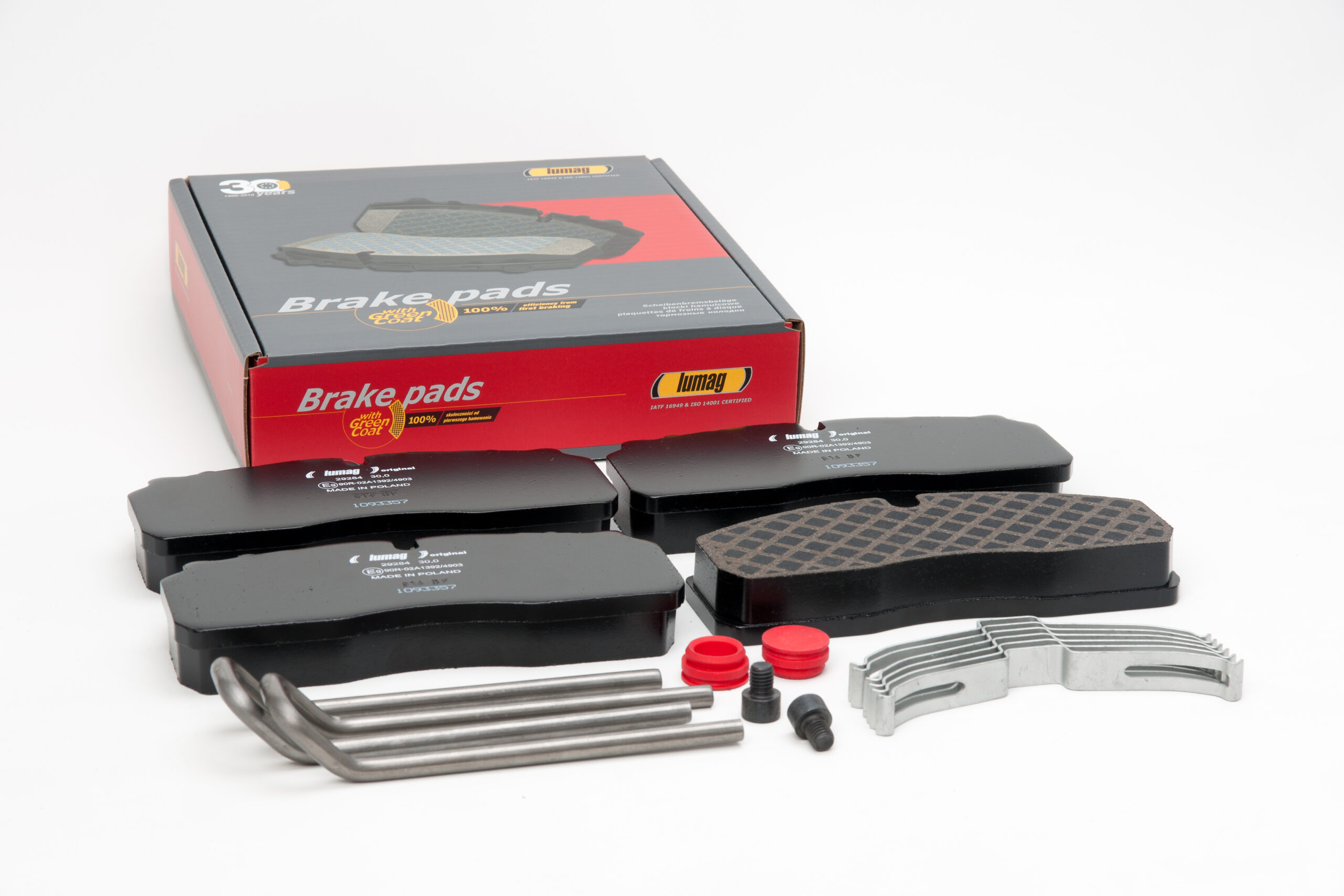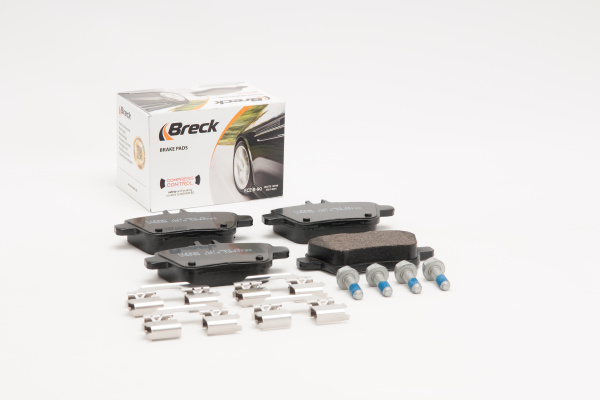
Brake pads are one of the most critical components ensuring safe driving. Their sudden failure can have serious consequences, and a ‘fender bender’ is the least dangerous of them. Here, Lumag’s Tomasz Orłowski, director at Lumag’s Research and Development Department, explains how they minimise the risk of brake pad failure.
Before Lumag parts are launched, they undergo strict road tests, sometimes taking place in extreme conditions. For example, Lumag tests the quality of Breck brake pads on the Grossglockner summit in Austrian Alps and on a route around the Spanish town of Mojacar.
Most tests required for brake pad certification can be performed on a dynamometer station. This, however, rarely allows us to precisely simulate all environmental conditions. As a result, although there are no legal requirements for minimal wear, vibration or noise, renowned aftermarket manufacturers perform tests with parts installed on the vehicle. Such tests allow us to verify the behaviour of brake pads in real life conditions, which definitely increases safety and comfort of usage. At the same time, thanks to the tests and improvements resulting from them, products feature quality on par with OEM parts.
In a laboratory it is very difficult to recreate all factors affecting brake pads, such as weight distribution between the front and rear axles, weather conditions, mechanical stresses or influence of vibration, which is not generated by the brake itself. Road tests enable us to examine particular types of wear caused by a given road surface type and sensitivity of brakes to water. In this way we can perform a comprehensive evaluation of our products and implement possible improvements before we launch them.
Such comprehensive tests would not be possible without cutting-edge data acquisition systems, such as LINK VMAX 4000. This modern device, used in Poland exclusively by Lumag, allows us to record and monitor a range of tested parameters in real time. Owing to the versatility of the system, we can successfully use it in extremely diverse test scenarios applied in various road and weather conditions. This particular acquisition system is Lumag’s another one, making our R&D department to run tests on vehicles in more time efficient way.

Road tests organised by our brand experts take place both on the highest paved road in Austria on the side of the Grossglockner mountain as well as on a looped route around the Spanish town of Mojacar, featuring both desert and Mediterranean climate within the span of 100 km. Owing to these conditions, our research experts can analyse parameters such as speed, brake disc and brake pad temperature, pressure in the braking system, vibration of brake callipers, intensity and frequency of sounds coming from the brakes as well as brake pedal travel and pressure exerted on the pedal. This allows us to verify aspects, like braking efficiency, comfort of brake pad operation and level of vibration during braking.
To perform the road tests properly, we need to make certain modifications to the vehicle. Obviously, the most important objective of the tests is to perform the required measurements. That is why sensors ensuring acquisition of precise and reliable results are installed in and on the vehicle. Pressure sensors are installed in the braking system, thermocouples used to measure temperature are installed in brake discs or brake pads, accelerometers are installed on brake callipers, and microphones are placed near the wheels and inside the car. Additionally, the system records the vehicle’s speed and location using an extremely accurate GPS sensor, measures linear acceleration and deceleration with a microwave sensor and reports brake pedal position. All of these sensors generate electrical signals recorded by the data acquisition station equipped with specialised software allowing continuous recording of tested values at required intervals.
The LINK VMAX 4000 system consists of a computer equipped with specialised software and sensors measuring, among other phenomena, squeaks or vibration of parts. The new system will be used by Breck in all road tests performed by experts from the Research and Development Department.
Find out more
For further details on Lumag’s range available to the aftermarket, please call 0121 520 1160 or email office@lumagltd.co.uk. Alternatively, visit www.lumagltd.co.uk to find the latest products, as well as the latest BRECK e-catalogue.
Ends
Word count: 443
For more information, interviews or images please contact:
Kimberley Hornby, Hornby Whitefoot PR
Tel: 01604 373700 E-mail:kimberley@hornbywhitefootpr.co.uk
About LUMAG
With a history spanning almost 30 years, LUMAG was founded in Poland in 1988 by CEO Marek Żak, initially focusing on the production of brake linings before later implementing its own brake pad manufacturing technology. Over the years the company has achieved enormous technological progress, through applied engineering solutions as well as the continuous rise of quality and safety standards.
Since September 2013 it has been operating out of a purpose built new production facility located 60km from Poznań in the town of Budzyń, covering an area of approx. 19,000 square metres, allowing the company to satisfy ever-growing customer needs and to meet strict demands of the OEM market.
The company’s mission is to supply car and commercial vehicle users with high-quality products ensuring safe braking, and in doing so, improving the safety of all road users. LUMAG’s UK operations are based in Doncaster, South Yorkshire.
Further information can be found at www.lumagltd.co.uk.
